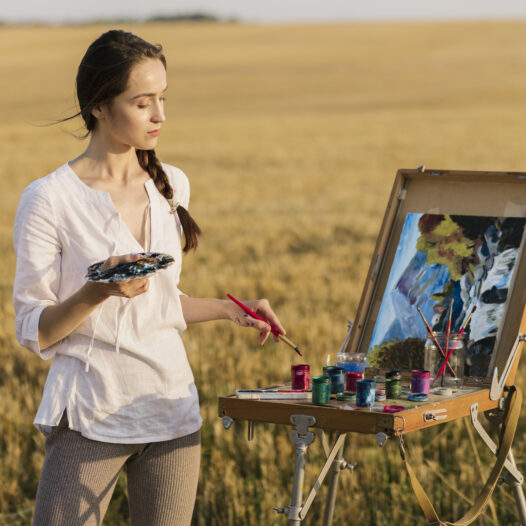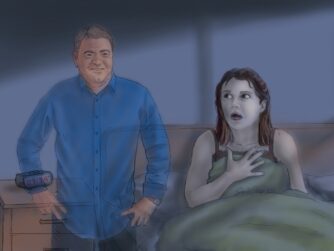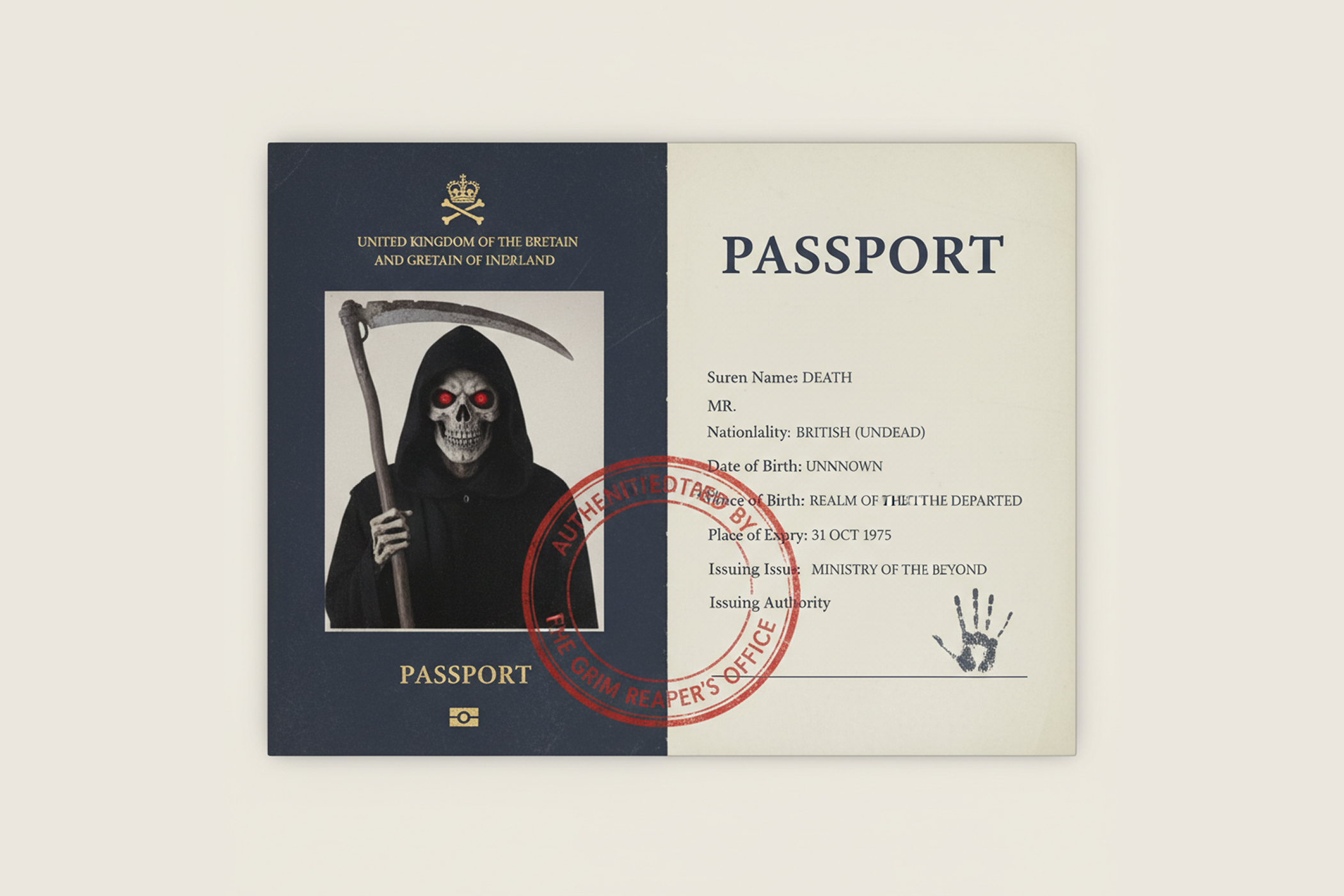By Susan Peterson
There’s this thing that happens after someone you love dies. The world doesn’t end, even though it feels like it should. You’re left standing in a grocery store aisle staring at applesauce, or sitting at a red light while your heart pounds with the realization that they’re really, truly gone—and no one else seems to notice. And in those moments, when your grief feels too big to carry and too invisible to speak aloud, there’s something quietly revolutionary about picking up a pen, a paintbrush, a guitar, or a pair of scissors and trying to make something. Not because it fixes anything. But because it helps you survive.
Putting Feelings Somewhere They Can Live
When grief hits, it doesn’t ask permission. It shows up in your chest, in your stomach, in the weird way your legs feel heavy when you wake up. Talking can help, sure—but sometimes there are no words, or you’re just too tired to explain. That’s where creative expression becomes a kind of vessel, something that holds the feeling for you, outside of your body. Writing a letter to the person you lost, painting what you can’t say, or even collaging photos into something chaotic and beautiful—it all gives grief a place to rest that isn’t just inside you.
Creating Ritual Out of Chaos
Grief is messy. It’s unpredictable and often leaves you feeling unmoored. But creativity, by its very nature, has rhythm and ritual. Even if you’re not an artist, even if you never considered yourself “creative,” setting aside time to make something gives you a tiny bit of structure in a world that’s fallen apart. It could be ten minutes of freewriting before bed or a once-a-week watercolor session with a playlist that reminds you of them. Ritual doesn’t erase grief—it anchors it.
Making Art When You’re Angry
Let’s talk about the side of grief that doesn’t get posted on sympathy cards: the anger. At how unfair it was. At what was left unsaid. At the people who said the wrong thing, or said nothing at all. That rage has to go somewhere or it eats you alive. Creative outlets give you a way to scream without scaring the neighbors. Write a jagged poem. Smash plates and turn the shards into a mosaic. Let the ugly out so it doesn’t rot inside you.
Exploring Emotion Through Digital Canvases
When your grief feels too tangled for words, digital tools can offer a different kind of release—one that’s visual, intuitive, and deeply personal. Platforms that let you sketch, animate, or design can become safe spaces to translate what’s inside your chest into something outside your body. If you’re not sure where to start, use an AI art generator to turn raw emotion into visual form. Try this to work through emotions using text-to-image capabilities—type in a simple description to generate an image, then customize it with whatever style suits you.
Finding Connection in What You Share
When you put your grief into art—whether it’s a raw journal entry or a charcoal sketch—you’re not just expressing yourself. You’re opening the door for connection. Someone out there might read your words or see your photo and think, Me too. That moment of shared understanding, even if it’s with a stranger, makes the world feel a little less lonely. You start to realize that while your loss is uniquely yours, you’re not alone in the losing.
Rediscovering a Version of Yourself
Grief changes you. That’s not up for debate. But creativity can help you figure out who you’re becoming on the other side of that loss. Sometimes you uncover things you didn’t know were inside you—maybe a new passion, maybe a way of thinking, maybe a softness or strength you didn’t have before. Creating doesn’t just help you process the past. It lets you meet the person you are now, in the aftermath.
Preserving the Love, Not Just the Loss
Grief can make you feel like the only thing that’s left is pain. But creativity can shift that lens. Through storytelling, photography, songwriting, or any kind of expression, you get to preserve the love that existed—not just the moment it ended. A hand-stitched quilt made from your dad’s old shirts isn’t just fabric. It’s memory you can hold. A short film with no dialogue might carry the cadence of the way they spoke. You get to keep building that relationship, even if it looks different now.
Letting Go Without Erasing Anything
There’s this weird cultural pressure to “move on” from grief, as if letting go of pain means you’re also letting go of the person. But art reminds you that letting go doesn’t have to mean forgetting. You can let go of the sharpest edges, the breathless panic, and still keep the essence of who they were stitched into your life. Creativity is one of the only places where loss and joy can exist in the same frame—and that’s not just healing. That’s honest.
Grief doesn’t follow rules. It doesn’t show up clean or exit on schedule. But if you let it, creative expression can be your companion in that in-between space, when everything feels undone. It won’t cure the pain. But it will give it shape. And in that shaping—in that small, brave act of making something when everything feels broken—you might just find a way forward that’s stitched together with color, breath, and memory. Not a fix. But a beginning.
Explore the profound journey of life and loss with Everyone Dies, where insightful podcasts and resources guide you through understanding, healing, and embracing every moment.








